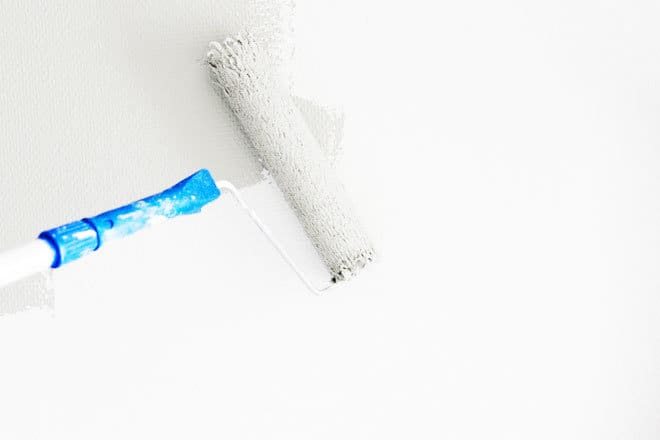Dry Wall Partitions
The 2014 budget contained measures to increase the productivity level in the construction industry. One of the consequences of this was that the Building and Construction Authority (BCA) subsequently announced a raft of changes to Building Control (Buildability and Productivity) Regulations. These were predominantly designed to simplify and increase the efficiency of construction techniques on the island. One such stipulation is that all non-landed residential developments now need to use dry wall as internal partitions for dry areas.
Developments and innovations in recent years have led to significant improvements in plasterboard, and it is more than able to meet tough regulations and desired performance levels. It meets – and in several cases exceeds – high level specifications for both thermal and acoustic insulation, as well as fire and damp resistance.
Other areas where questions have always been levelled at plasterboard and dry wall partitions is when it comes to supporting fixtures and fittings, and its performance in impact tests. Again this is no longer an issue with modern dry wall materials, as they pass both these tests with flying colours. The latter of these includes severe heavy duty stiffness, door slam and impact tests. With regards to supporting fixtures and fittings, the heavyweight anchorage test means the walls have to hold a minimum of 25kg at each point. This means they are more than capable of supporting televisions, cabinets, large mirrors and every “normal” household item.
A massive advantage of dry wall partitions is that despite being classified as “heavy duty” they are incredibly lightweight, typically weighing in at around 10 to 15% of the weight of a traditional brick wall. If you multiply that by all of the suitable walls in a condo, you can see why this is such an attractive building material. Being so much lighter it gives the designers more flexibility in their plans, as well as significant savings in foundation costs.
Not only are they lighter, dry walls are slimmer than conventional walls, meaning more space is freed up for living areas from the same footprint.
Another advantage of this type of wall is the ease of installation. Mechanical and electrical services are also very easily inserted into the boards eliminating the noise pollution that is often the result of having to hack into the brick walls to embed these services. The dry wall system can also be speedily relocated allowing the homeowner or developer to renovate or redesign the interior layout quickly and easily. As the name suggests, dry walls use dry construction techniques that does not necessitate plastering – its smooth and even surfaces arrive ready to be painted. This results in even and consistent finishes and you are not at the risk of poor workmanship at the final stage of construction ruining the whole look and feel of an otherwise pristine apartment.
All of these reasons are why dry walls have become the method of choice for developers not just in Singapore but the world over, and have been used in some of the most high end and iconic residential buildings built in recent years.
Upcoming New Launch Condos
New Launches that will have obtained TOP or will be obtaining TOP soon
Hot selling developments

